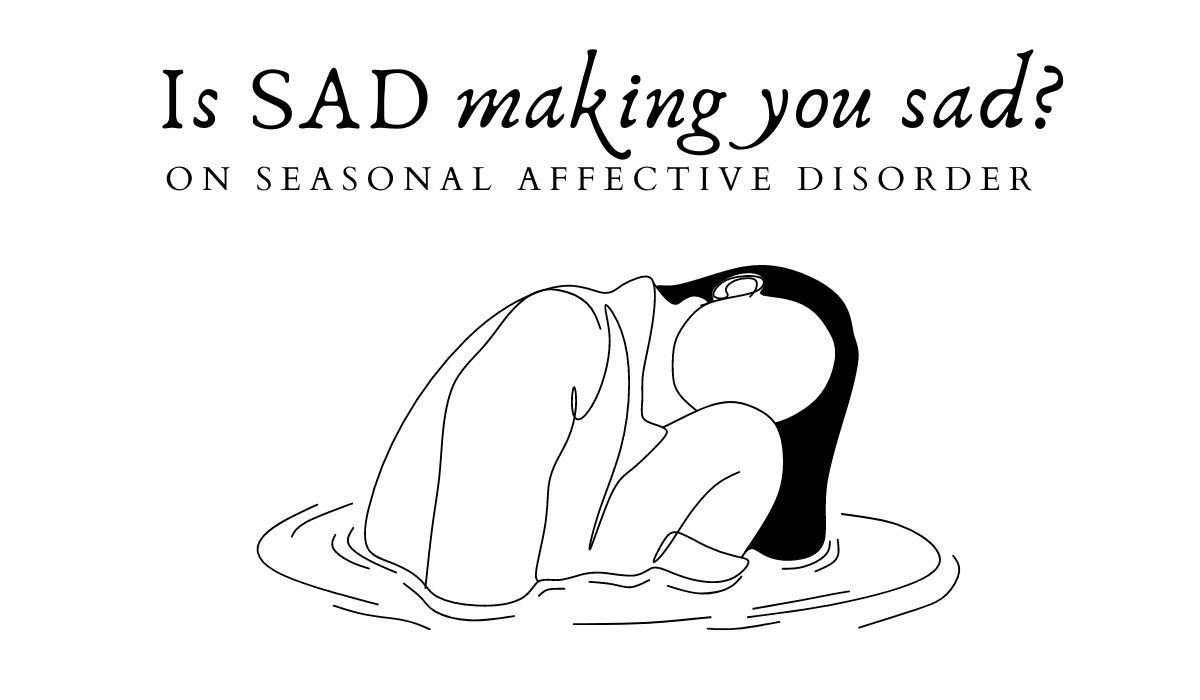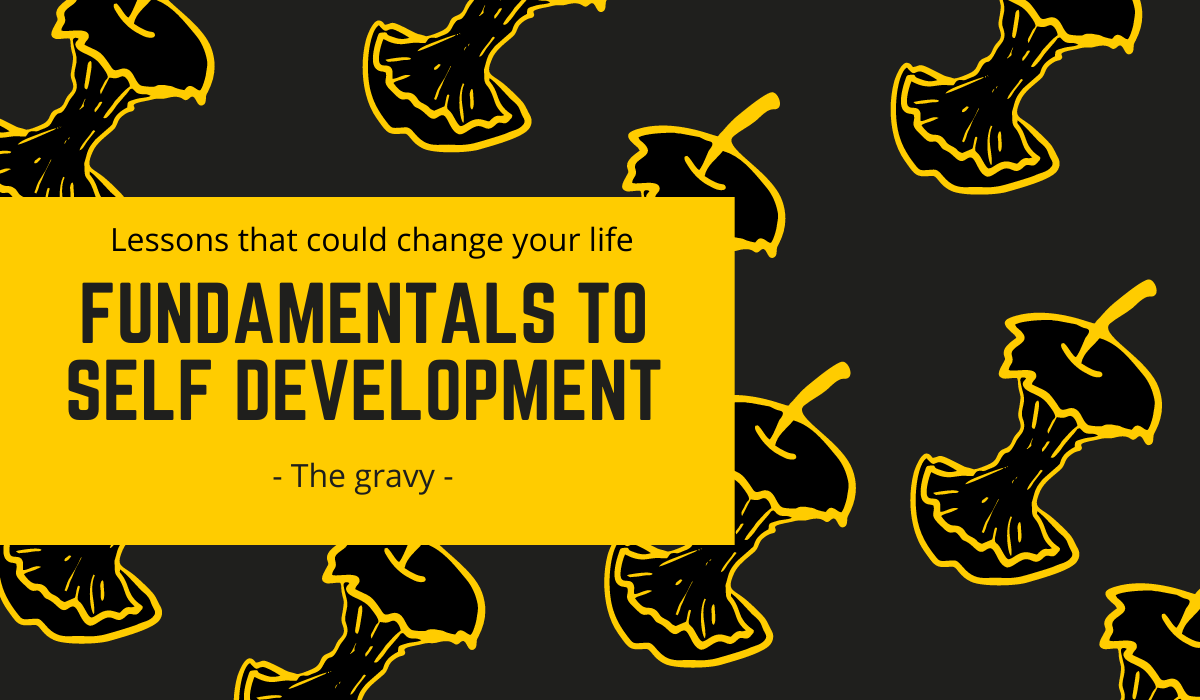Is SAD making you sad?

Growing up in the moderate and pleasant climate that Nepal boasts year-round I never happened upon the term S.A.D (seasonal affective disorder). At eighteen, caught up in the whirlwind of university, newfound freedom and independence the cold, wet and dark winter caught up with me as I found myself sleeping in late and lacking motivation. Initially, I thought all I needed was to find the structure my mother had provided for the first eighteen years of my life, but in retrospect I needed someone to tell me about S.A.D and the practices that help prevent it.
For some context, the shortest day in the UK this year is 7hours and 50 minutes long. That is less than one third of twenty-four hours and shorter than my average working day.
S.A.D, an apt abbreviation for Seasonal Affective Disorder is characterised by persistent symptoms of major depressive disorder recurring for two or more years in relation to seasonal changes. Symptoms mostly arise in the winter months and remit in the spring. Several other epidemiological factors such as age, gender, mental health history and geographical location have been linked to its incidence.
Symptoms of SAD include, but are not limited to, persistent low mood, lack of enjoyment, lack of energy, increased sleep, increased appetite and weight gain. It can impact work, education, relationships and all other aspects of life. While SAD is seasonal its symptoms can be severe and can have a significant impact on quality of life. The following are some recommended practices that may help with symptoms:
- Prioritise yourself and don’t take on more than you can comfortably keep up with.
- Maximise hours in the sunlight (This one is easier said than done depending on circumstances such as work).
- Exercise regularly.
- Manage your diet.
- Work on good sleep hygiene.
- Use a light therapy lamp to simulate sunlight or the sunrise. (I use a lumie Bodyclock to simulate a sunrise and help me get out of bed. It’s useful for winter as well as my shift pattern work).
In addition to the above, both cognitive behavioural therapy or counselling and medical management are also valuable options in the management of SAD. The above list of practices is in order of how I personally attempt to approach the onset of cold and dark winters which has helped me avoid SAD, however, this is my personal experience and preference. If you are struggling with SAD please seek the help you need including professional help and advice.


